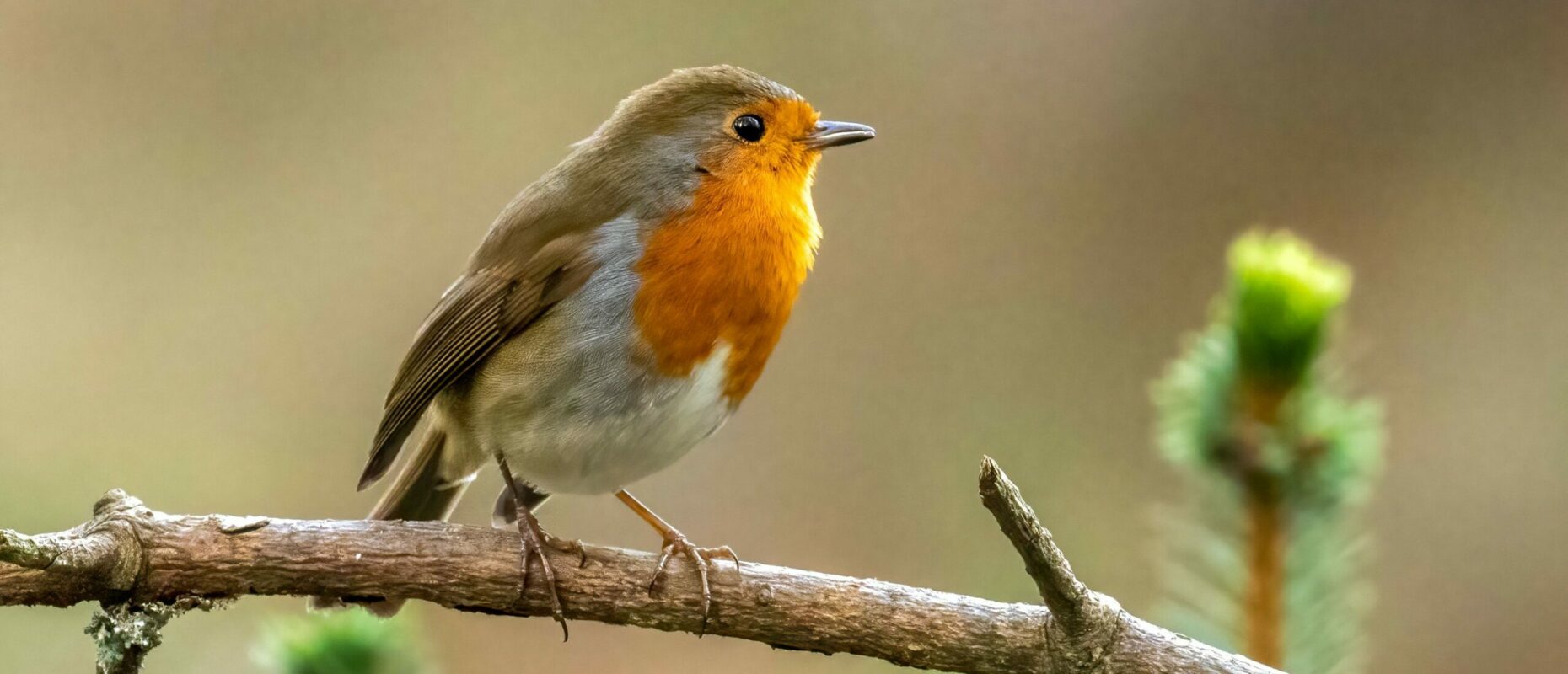Listening to the rain drumming on the roof as I write this, I can’t help but look forward to one of those crisp, dry winter days. The sun will be shining in a beautiful blue sky, and I’ll find myself at the allotment, making up for the tasks postponed by this autumn’s dreary weather. There will be a cheeky robin keeping me company, darting in to snatch up any bugs and beasties I uncover in the soil. Bliss! Fingers crossed for favourable weather!

Take Stock
As a gardener, winter is a season for reflection on the past year and preparation for the one ahead. I begin by sketching out my allotment, selecting which crops will inhabit each bed while ensuring a rotation of crops from the previous year. Crop rotation is pivotal in preventing the accumulation of pests and diseases in the soil while enhancing its fertility. A bed enriched with manure is perfect for brassicas and beans one year and transitions to carrots and parsnips the next. Each bed receives either a manure or compost mulch, depending on its forthcoming occupants. If you don’t have room for a rotation of crops just be sure to refresh your soil regularly.
With a plan in place, review your seed collection, discarding expired stock and purchasing new ones as needed. If you have the space it is possible to grow hundreds of pounds worth of vegetables for the cost of a few packets of seeds.
Click here to view our range of seeds.
Lastly I get out my brand new calendar for the year ahead and note down which week or month I intend to sow each crop and whether it will be in a cold greenhouse or a heated propagator on the kitchen windowsill. I may not always keep to the dates planned but it gives me a basis for getting started. Another way to plan would be to organise your packets in a handy caddy and separate them into the months in which they are sown.
Be Fruitful
Following the no-dig principle means I don’t need to spend hours digging the vegetable beds. However, a section that was once overgrown with thistle and bindweed must now be dug, to remove the roots of those perennial weeds and transform it into a hedgerow.
Winter’s colder months present an ideal window for planting or relocating dormant trees and shrubs, particularly soft fruits. As long as the soil remains workable, not waterlogged or frozen, planting is feasible. While most of my allotment is dedicated to vegetables, a small strawberry patch and a few currants have earned their place. I plan to move the currants to establish a hedge solely composed of soft fruits. Other choices will include summer and autumn raspberries, and gooseberries. I would love to include blueberries too, but these plants require acid conditions and would not survive on my chalky soil. They do grow well in pots though. Growing your own fruit is a wise choice – fresh berries can be expensive to buy, but these plants are low-maintenance and easy to cultivate. Some can even be grown in pots.
Click here to view our range of fruit trees and bushes available.
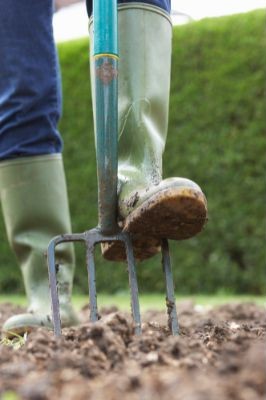
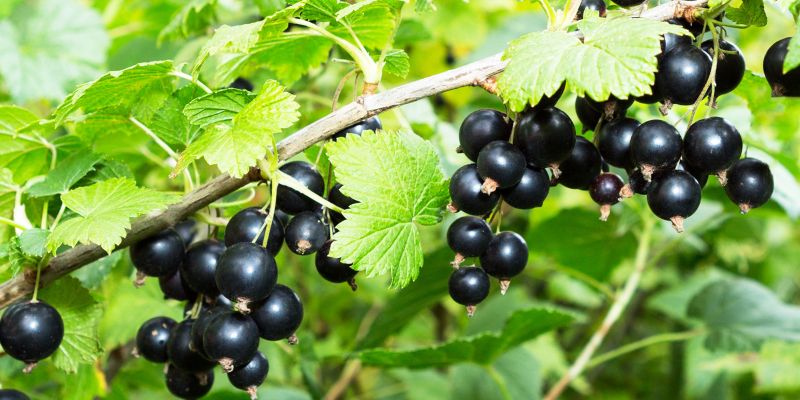
The space left after relocating the currants is for my new apple tree. I seized the opportunity to acquire the ‘Scrumptious’ tree at half price, courtesy of the Tates Rewards App’s 50% off voucher in November. If you don’t have the app yet, it is definitely worth joining.
Embrace the Season
Take the opportunity to get out for a leisurely walk through frosty parks and immerse yourself in the beauty of bare tree bark, whether it’s the silvery, peeling layers of birches or the lustrous mahogany bands of Prunus serrula. When you return home indulge in cosy snuggles with hot cups of tea or hot chocolate.
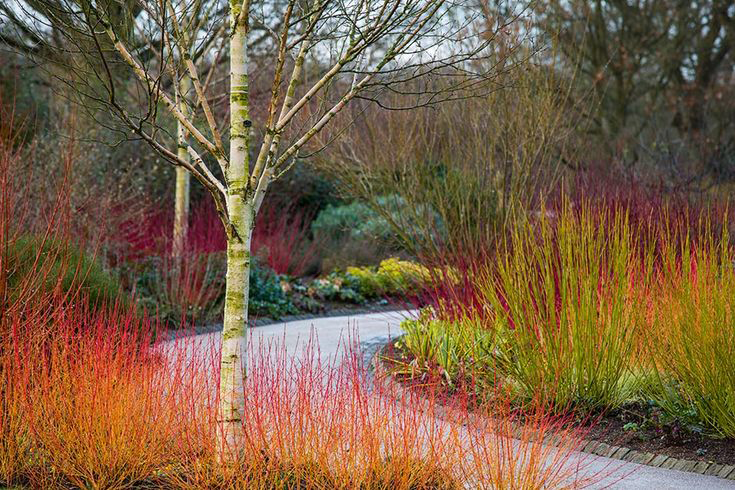
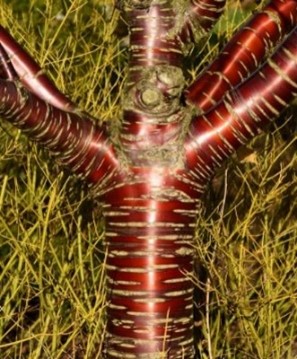
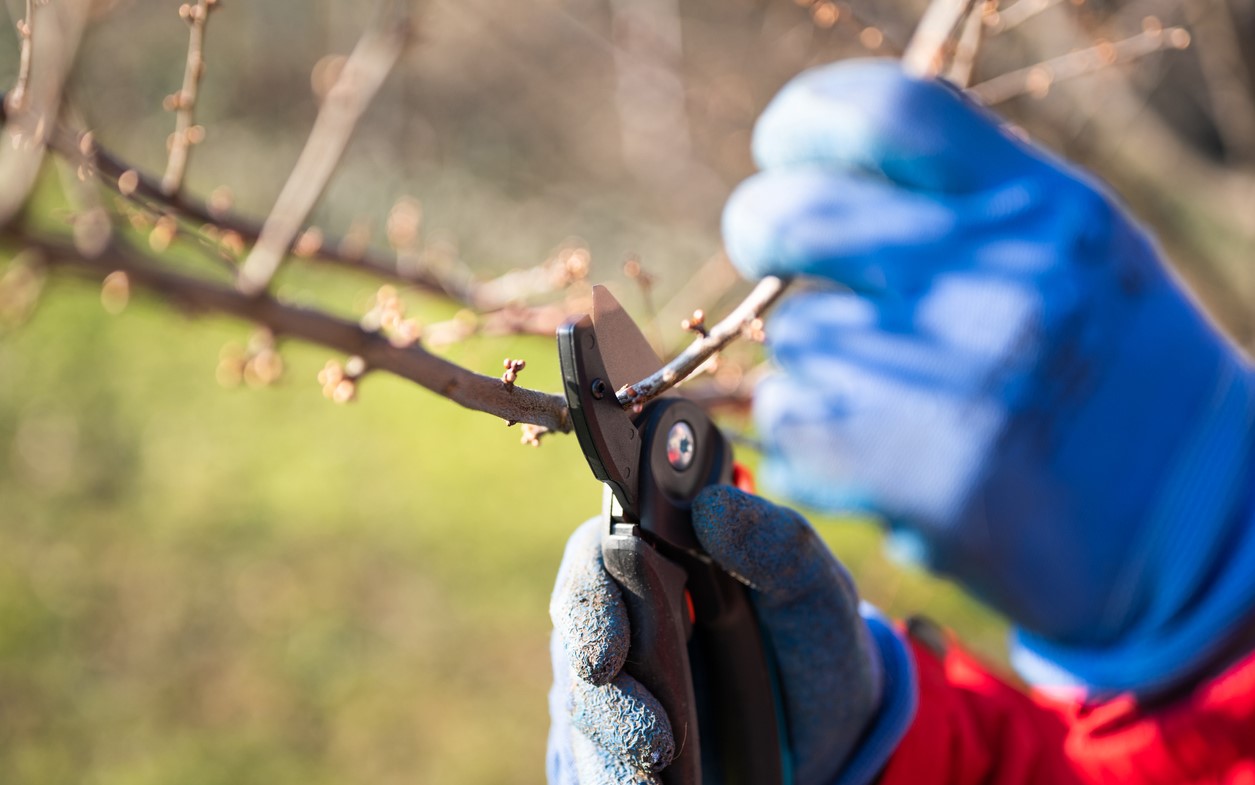
Deciduous trees and shrubs reveal their elegant forms in winter, simplifying pruning tasks. Any issues that require attention become more visible. Prune apple and pear trees, along with summer and autumn flowering shrubs, roses, and fruit bushes. Remove dead or rubbing branches, trim new growth slightly, and aim to maintain an open centre. Avoid pruning stone fruits until early summer, as they are susceptible to silver leaf disease, which can infect trees through pruning cuts during the cold months.
Build Up
If you have no evergreen structure, beautiful bare branches or hedging to look out on, consider adding a pergola or an obelisk. Pergolas not only provide shade in summer and support flowering climbers, but are also perfect for hanging bird feeders in winter to support our feathered friends. Alternatively, search for sculptures or statues that reveal their beauty in the winter. Stone statues have an ethereal glow in low winter light, but are beautifully clothed in summer by the surrounding foliage. Stained-glass artefacts add a colourful twinkle at any time of year. Tates Garden Centres have a wide range of statues and garden features available in-store.
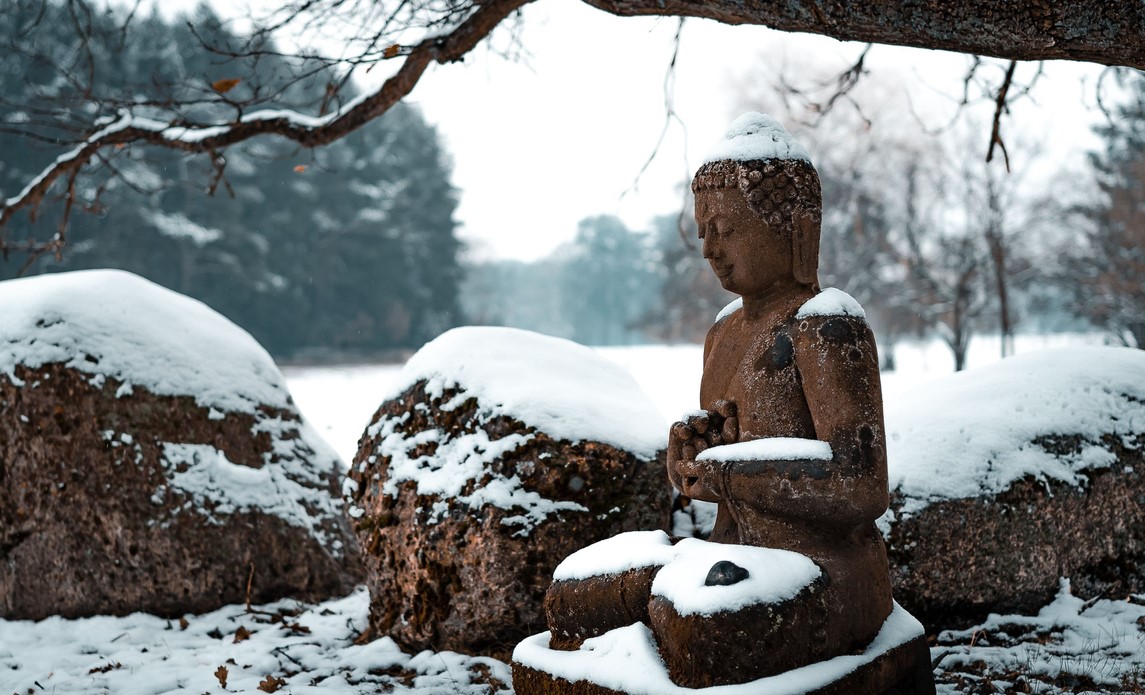
Winter’s Promise
In the midst of winter, our gardens may seem dormant, but the experienced gardener knows that this is a time of promise and preparation. This is the season to lay the groundwork for a bountiful year ahead. With a well-thought-out plan and the promise of fresh growth, we are poised to make the most of our gardens in the coming year.
In every bare branch, every seed sown, and every thoughtful decision made, the essence of your garden’s future awaits. This is the gardener’s winter promise, a season of hope and a testament to the enduring cycle of nature.


By our resident horticultural expert





